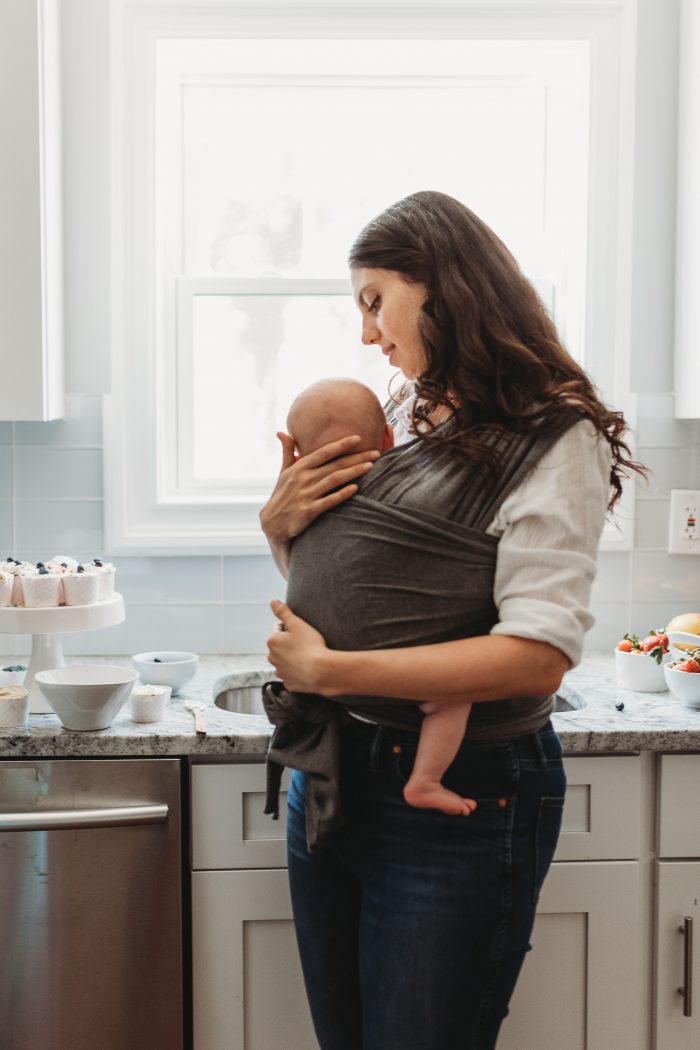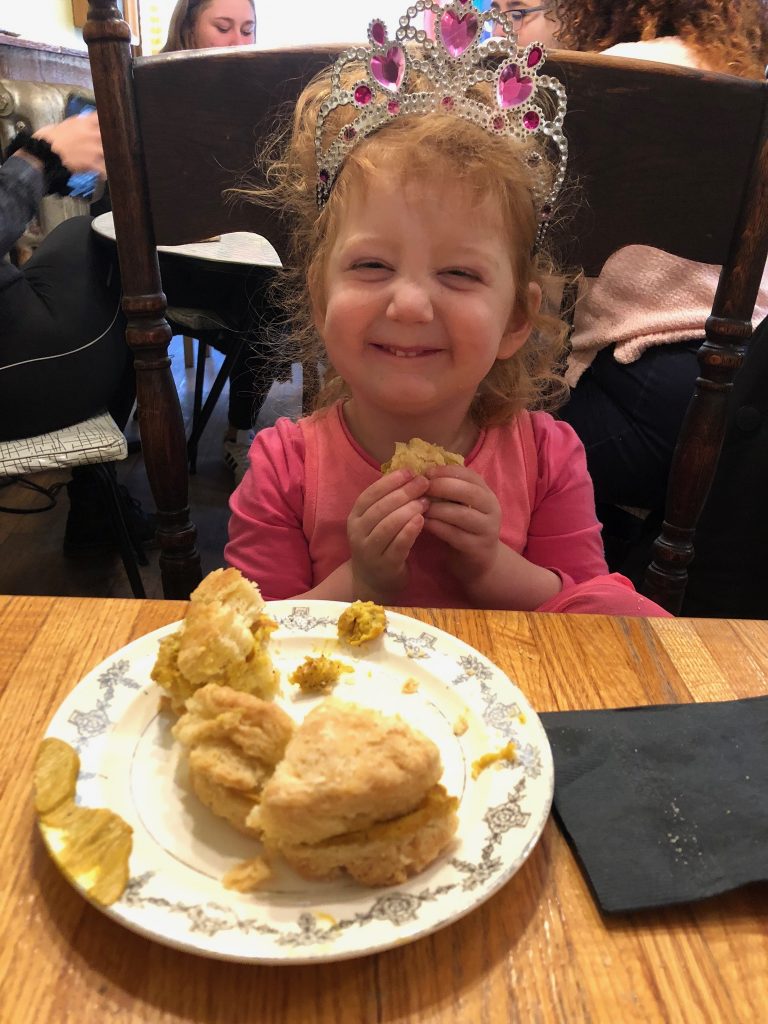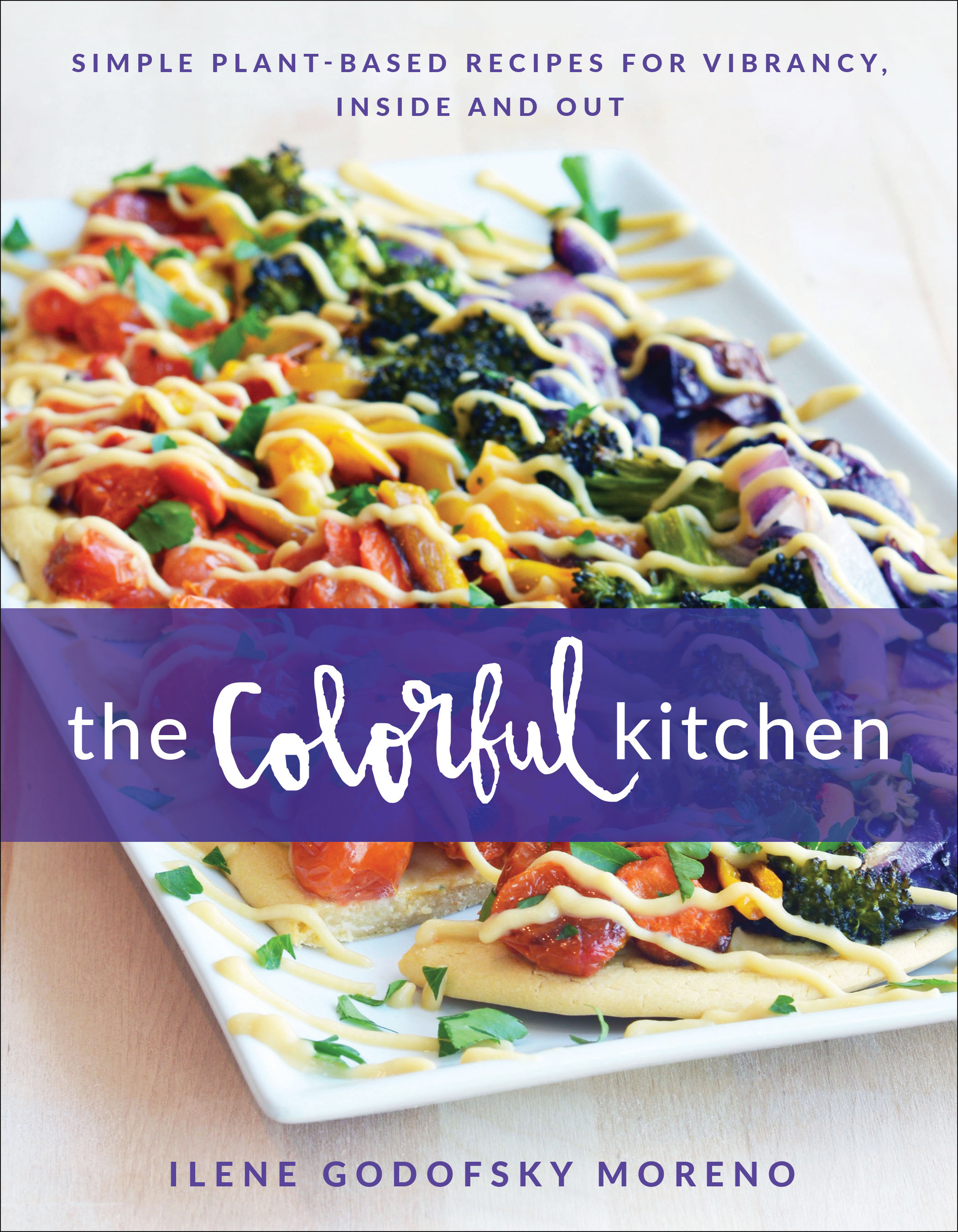My Plant-Based One-Year-Old’s Weaning Process + What are we doing about milk?

I really can’t believe that I’m writing this post about Baby L, it really feels like just yesterday that she was still in my belly!
She turned one-year-old last month and we’ve sort of started the process of weaning off breastmilk. I say “sort of” because neither of us seems ready to give it up completely, but we’ve greatly reduce the amount of nursing sessions she has per day.
Today, I want to share where we’re at because there’s such a lack of information about how to handle weaning in plant-based families, since so much of the medical advice is to simply go from breastmilk to drink cow’s milk. That advice frustrates me to no end since it’s just so outdated and there are plenty of ways that don’t involve dairy to safely and healthfully wean. There’s so much research being done on the benefits of a plant-based diet, yet somehow it hasn’t seemed to trickle down to pediatrics. Side note- no judgement at all if you choose to drink cow’s milk! I fully believe in everyone making informed decisions based on what’s best for themselves and their family.
Ok, before I get into it, here’s a little disclaimer! I’m not a doctor or nutritionist, (and I do recommend you find one you trust!) so the following is not intended as medical advice, I simply want to share what’s working for my family.

What Worked for Baby V…
Let’s start from the beginning with my breastfeeding journey with Baby V (my now 3.5-year-old). I was really lucky that nursing came easily to us. I really cut down on my work hours during her first year, so she was mostly able to nurse on demand, except for a couple bottles of pumped breastmilk a week with her babysitter.
She nursed until 19 months, when it was clear that we were both over it. I started giving her sippy cups with almond, hemp or soy milk after she turned one, but they never took the place of nursing. She had a big appetite for solid food, so when she stopped nursing I really wasn’t worried about where she would get her nutrients.
We were lucky to have a really great pediatrician that was supportive of our family’s plant-based diet. They never pushed us to give her dairy and were very in-the-know about how to get all the vitamins and nutrients she needed from vegan sources (spoiler alert: eat your colors!).
They were knowledgable about the fact that babies and kids are encouraged to drink cow’s milk because it’s a convenient source of calcium, protein, fat, vitamin D, etc. NOT because it’s a requirement (or even a natural part) of being a growing little human. Let’s think about that for second!
A colorful, well-balanced plant-based diet can easily provide all of those nutrients, as can vitamin-fortified almond, soy or other nondairy milks.
I can report that as a 3.5-year-old, Baby V is a happy, healthy and one of the tallest little people in her preschool class. It’s clear that she’s been able to not only grow, but thrive, on a plant-based diet.

Back to Baby L…
Baby L has had a slightly different experience with breastfeeding. She had some issues with latching in the beginning and simply wasn’t a constantly-on-the-boob infant like Baby V was. There were a few times during her first 6 months when we questioned if she was able to get enough milk, but things always seemed to work themselves out before we had to explore formula or donor milk.
I’m not sure if it’s just a normal second-child thing, but she really, really took to eating solid foods as soon as we introduced them! We tried to start her off slow, with things like banana and soft-cooked pieces of sweet potato, but she made it clear that she really wanted to eat what the rest of the family was having, and by 8-months-old was basically eating whatever we were. Side note- I go WAY into how to introduce your baby to solids in my program Colorful Kids!

By 9-months-old she was eating 3 solid meals a day and going to daycare 3 days a week. It was a really struggle for me to pump enough milk to send to daycare, since the pump just didn’t get the job done the same way she could. I had to pump all 7 days of the week to get enough for her daycare bottles, and you mamas know, pumping is the least convenient and least fun activity of all time.
On the days she was home with me, she was down to nursing roughly 4 times a day: when she woke up in the morning, before her first nap, before her second nap and before bed (unless she was sick or inexplicable fussy and wanted to be on the boob all day).
It was a little stressful for me to look at my freezer stash and only see 6-10 ounces of breastmilk at any given time, but I could see the light at the end of the tunnel because I planned to stop pumping after her first birthday.
Goodbye Pumping!
The decision to stop pumping was an easy one for me. She was going to start going to daycare 4 days a week shortly after her first birthday, and I knew there was no way I could physically even pump enough milk to send her. She had a big appetite and lots of colorful, healthy solid foods that she loved so I really wasn’t worried about her getting enough nutrients. Plus, she would still be nursing twice a day (when she woke up and before bed), and possibly even more on non-daycare days, so she would still get plenty of nutrition that way.
I’m really not sure how long we will go on nursing at this rate. It doesn’t feel like either of us is ready to be done with it completely, but I also wouldn’t be surprised if one day she was simply like, “no thanks mom, I’m good!” or whatever the baby equivalent of that is.
I feel really lucky that we were able to make it this far, and recognize the immense privilege we have in me being able to work from home and take pumping breaks on my own schedule. I know that for many mamas, breastfeeding and pumping is simply not a realistic option in their workplace, but hopefully more and more business will start to wake up and take small steps to make it easier for women.
What’s in her bottle then?
Our pediatrician said that at her age, given that she’s very interesting in eating a variety of healthy solid foods, nursing just 2 times per day should be enough to cover any nutritional needs she may not get from what she eats. That means that I don’t rely on fortified nondairy milk for her nutrition, but I do send her with a bottle to daycare because she seems to like it and it can come in handy as a comforting tool if need be.
I may end up being wrong, but I have a feeling she’s going to start wanting to breastfeed less and less, sooner than later. Once breastmilk is no longer a substantial source of nutrition, I plan to focus on filling her plate with a variety of colorful, healthful plants, instead of relying on nondairy milk for her vitamins and nutrients.
For so many years in America, we’ve been told this story that cow’s milk will make us strong, and kids need it to grow, etc., etc., which, in reality, was simply a highly effective marketing campaign from the dairy industry. While I do give my girls nondairy milk, I don’t think of it has an “instead of” for cow’s milk because I fundamentally do not buy into the idea that dairy is something we all need.
Side note on dairy- the only reason humans drink cow’s milk (as opposed to gorilla, giraffe or cat milk) is because cows are an easy animal to keep in a contained space. Crazy, right?? Like I said above (but let’s be honest, this post is long so you may have already forgotten), cow’s milk is simply a convenient way to get protein, fat, calcium, etc., but there are plenty of delicious plants to get all those things from!
Want to see the exact recipes that my entire family loves? Click here to download my free guide, 40 Toddler-Approved Ideas for Breakfast, Lunch & Dinner!
Q and A
I feel so passionate about this topic because I’m constantly hearing from parents who don’t want to give their kids cow’s milk but are also worried about them getting enough nutrients. I hear you, mamas and papas! Hopefully in the next few years there will be more and more information readily available since since there does seem to be a huge global trend towards reducing our consumption of animal products.
Below are a few questions I’ve received, feel free to send any more my way and I’ll keep updating!
What is your feeding schedule with “dairy”? How many times a day does she take a “milk” bottle?
I send her with one 6-ounce bottle of nondairy milk to daycare, which she drinks varying amounts of depending on the day. Other than that, we don’t have a schedule or any certain amount that I aim to give her. I would say more of her “dairy” ends up as part of her food. She really likes smoothies for breakfast, so she’ll often get fortified almond milk in that and she also loves nondairy yogurt. I try to rely on colorful, healthful food for her nutrition, rather than from her nondairy milk.
If kids don’t actually “need” milk, why would they need an alternative?
Great question! I don’t believe an alternative to milk is a “need” but it can be helpful depending on the child. If you have a baby or toddler who hasn’t quite gotten comfortable with solid foods yet, it can be an easy way to help them get nutrients. There’s also the comfort factor, and some little ones really like having a bottle or sippy cup of nondairy milk before nap or bedtime.
For more on the specific foods that my girls have eaten at different ages, check out these posts.
Want to learn exactly how I’m raising my kids to be colorful eaters? I share my all my strategies + tons of delish recipes in Colorful Kids!





















We went down to breastfeeding 2x a day when my son was 17 months and by 18 months he basically pulled a, “No mom, I’m good.” He always went to latch first thing in the morning and then one morning just popped up and ran into the kitchen instead while using sign language to say food. He just never asked to nurse again! He also never took a bottle ever (drove me crazy, but thankfully as a SAHM we could swing it) and he had very little interest in any of the non-dairy milks we put in his sippy cup, so we decided to not try to force it after a few days and he transitioned fully over to solids. It’s so strange how we feel like we NEED to offer milk in any form after breastfeeding just because of social/cultural norms. Our babes know what they want and need and it sounds like you and Baby L are doing just that! Love following along.
Thanks for sharing your experience! I think it’s really important for parents to share their different experiences because babies are all so different in their individual needs. That’s awesome he was able to express himself through sign language!
I always say once a baby is one year old “food for nutrition, water for hydration.” As you say, no need for a “milk replacement.” My kids breastfed for 18 months, 24 months and 5 YEARS! I had to cut the last one off on her 5th birthday because it was time. She was old enough to understand, so I gave her a one year warning and we gradually weaned for that full last year. I work full time out of the house so I went through about 5 or 6 pumps with all my kids and pumped like 6 times a day (so not fun). My husband is an at-home parent and had quite the system for vacuum sealing frozen breast milk to make it last longer in the freezer.